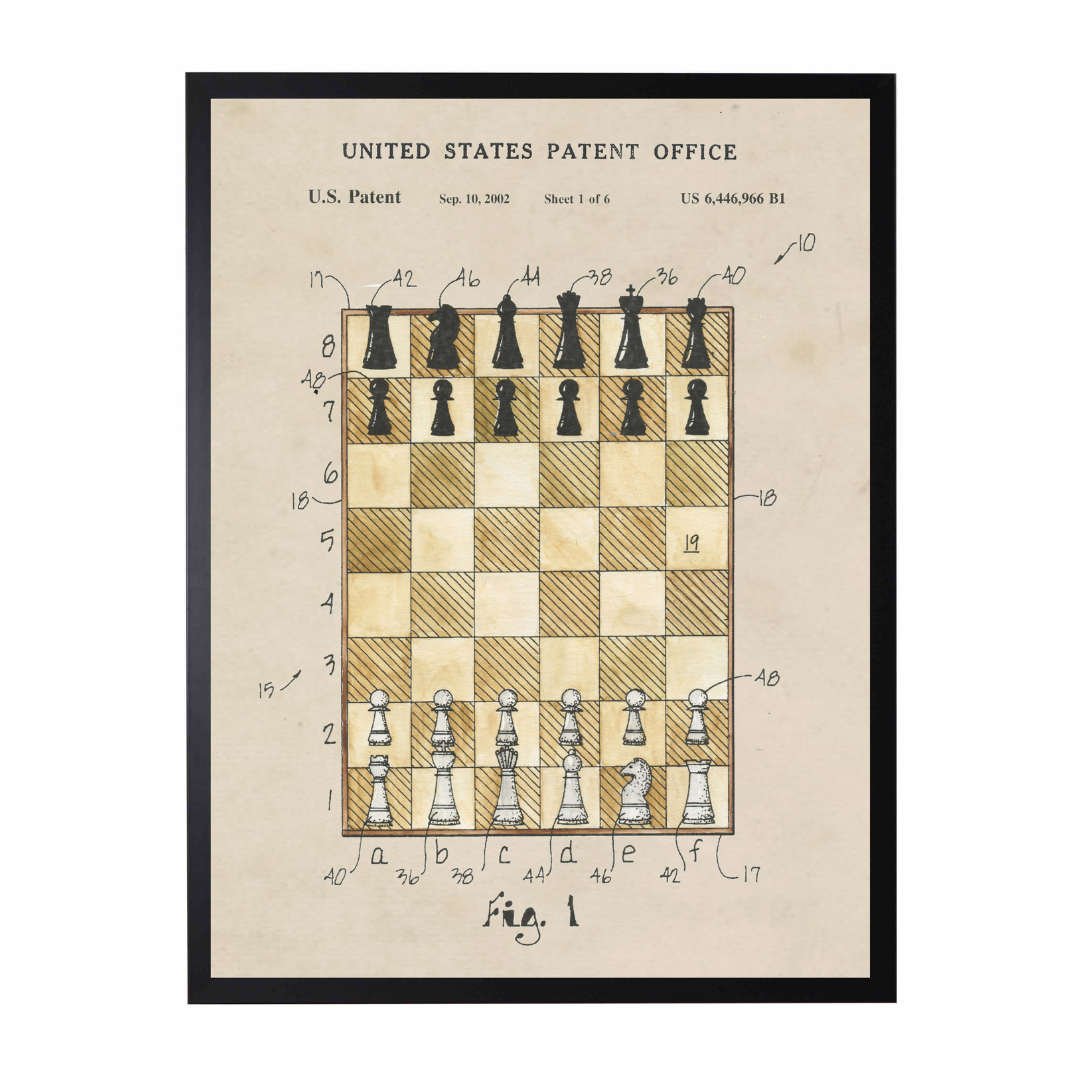The origin of Chess remains controversial to this day. Game pieces have been found in Russia, China, and India predating 600 BC, but their rules and boards (sometimes containing 100s of squares) were widely different from those used in chess today. A war game called chaturanga, popular in 700BC, is believed to be the closest relative to chess. In chaturanga, different pieces had different powers and victory was based on one piece, both core tenets of chess today.
 Chaturanga spread throughout the world and gradually adopted different rules in different regions, eventually morphing into the game we know today. In Europe, the game was periodically banned by kings and religious leaders, King Louis IX did so in 1254. However, it’s popularity with other rulers cemented its cultural position and eventually became synonymous with wealth, knowledge, and power. In the 14th and 15th centuries, chess rules became more standardized. By 1300, the pawn was able to move two squares on its first turn instead of one and by 1475, a pawn, once it reached the end of the board, could be exchanged for a queen. Castling and en passant capture were known in the 15th century, but didn’t gain popularity until the 18th century. Rules have remained the same since, with major strides in theory made in the meantime.
Chaturanga spread throughout the world and gradually adopted different rules in different regions, eventually morphing into the game we know today. In Europe, the game was periodically banned by kings and religious leaders, King Louis IX did so in 1254. However, it’s popularity with other rulers cemented its cultural position and eventually became synonymous with wealth, knowledge, and power. In the 14th and 15th centuries, chess rules became more standardized. By 1300, the pawn was able to move two squares on its first turn instead of one and by 1475, a pawn, once it reached the end of the board, could be exchanged for a queen. Castling and en passant capture were known in the 15th century, but didn’t gain popularity until the 18th century. Rules have remained the same since, with major strides in theory made in the meantime.

In 2002, Henry Crozier of France was granted a patent for a spin-off chess game. The game is played on a 6x8 board, and each side has a King, Queen, Bishop, Rook, and Knight along with 6 pawns. He also invented a new piece called the Lord. The Lord, similar to a King, can move one square in any direction from its current square. Crozier filed the patent in 2000, and in a fitting manner for the time, described how the game could be played electronically through “a global network of computers.” Though Crozier’s version of chess has not been widely adopted today, the, presumably faster, game may have a chance in the future.
Check out the patent




